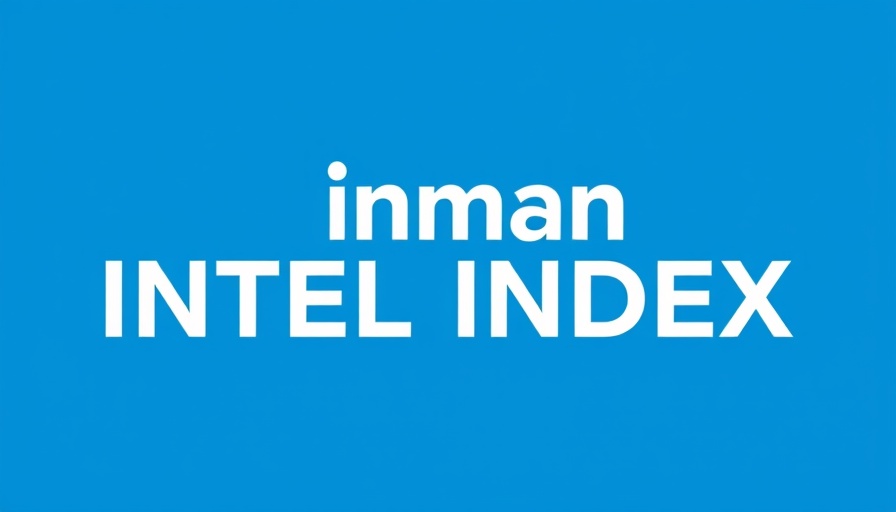
Participate in the Inman Intel Index Survey and Shape the Future of Real Estate
As the real estate industry navigates through unprecedented changes, participation in the monthly Inman Intel Index survey offers a unique opportunity for professionals to voice their insights. Set against the backdrop of Inman Connect in San Diego, this month’s survey allows agents, brokers, and proptech executives to share their perspectives on crucial topics impacting the market.
Why Your Voice Matters
Understanding industry sentiment is essential for everyone in real estate, from agents to executives. The Inman Intel Index serves as a vital tool that gathers data on key issues such as the recent NAR settlement and the effects of U.S. tariff policy on real estate transactions. These insights not only inform individual strategies but also contribute to the broader knowledge base that shapes the industry's future.
Connecting at Inman Connect: A Hub for Insights
The upcoming Inman Connect event in San Diego is not just another conference; it’s a convergence of the industry’s brightest minds. Attendees will have the chance to gain insights from leading figures and connect with peers who share their challenges and aspirations. For those looking to grow their businesses, this event promises valuable networking opportunities.
What to Expect from the Survey
The Inman Intel Index survey is designed to tap into the collective expertise of professionals across the real estate spectrum. By sharing your thoughts on pressing concerns—like inventory challenges and shifting market dynamics—you not only help illuminate current trends but also position yourself as a thought leader within the community.
Looking Ahead: The Future of Real Estate
As the market continues to evolve, keeping a pulse on industry sentiment through tools like the Inman Intel Index becomes imperative. With topics that range from mortgage rates to housing supply, knowing what your peers think can guide your decisions and strategy moving forward.
A Call to Action: Make Your Opinion Count
Your insights matter! By participating in the Inman Intel Index survey, you add your voice to the conversation and help illuminate critical trends facing the real estate market. Check back for the analysis of the survey results, where you can see how your views align with others in the industry.
Join thousands of other real estate professionals at Inman Connect in San Diego and consider participating in the Inman Intel Index survey. Your contribution enriches the dialogue and shapes the future of the industry.
 Add Row
Add Row  Add
Add 




Write A Comment